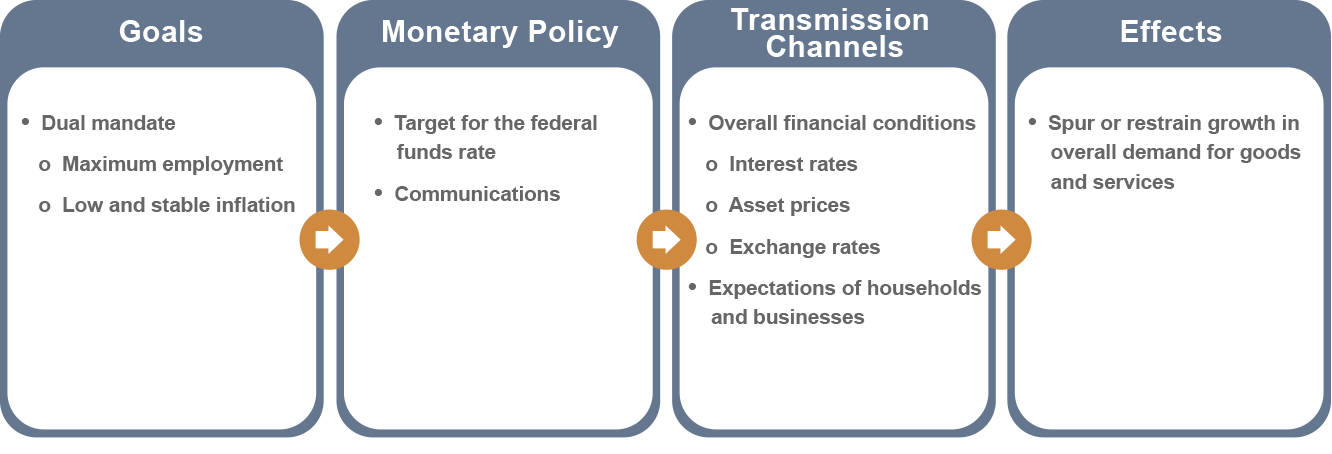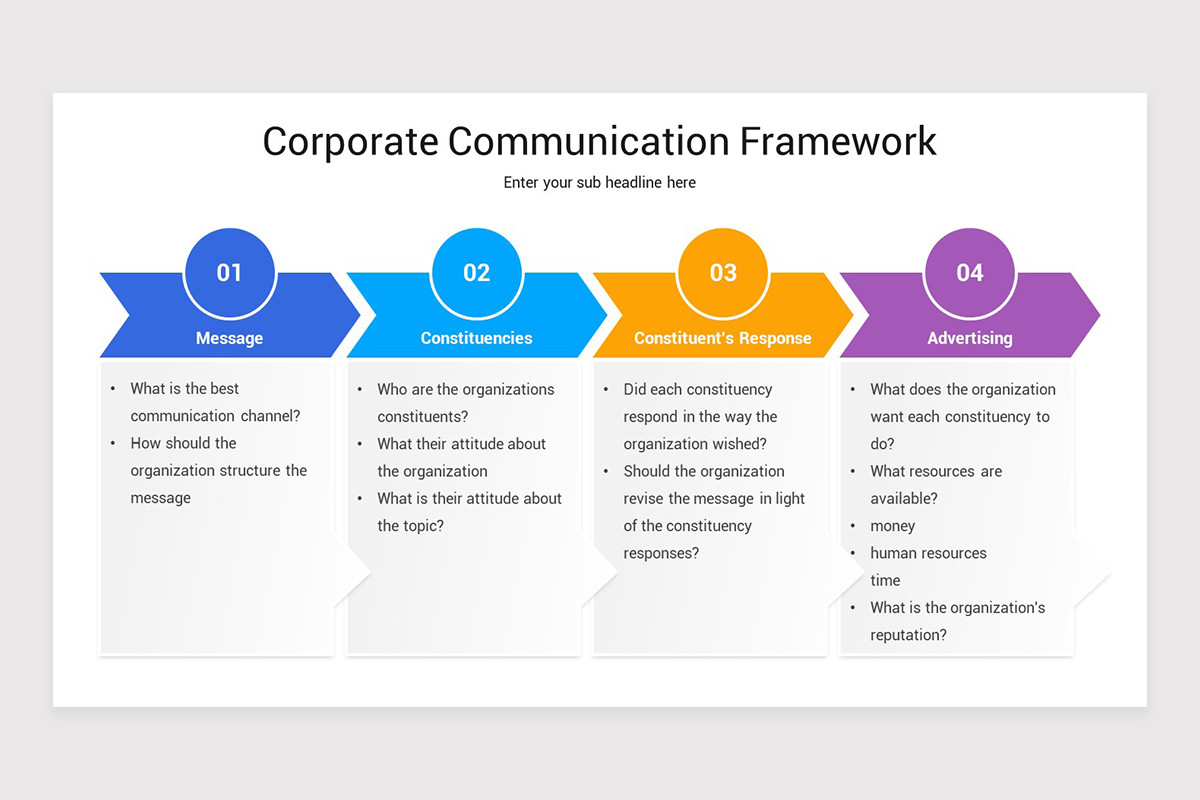Communication strategies
Optimizing Workforce: Effective Employee Benefits Strategies

Optimizing Workforce: Effective Employee Benefits Strategies
Employee benefits play a pivotal role in attracting and retaining top talent while fostering a positive work environment. In this article, we explore the significance of employee benefits in businesses and delve into effective strategies for optimizing the workforce through comprehensive benefits packages.
Understanding the Impact of Employee Benefits
Employee benefits go beyond traditional salary packages, influencing job satisfaction, employee loyalty, and overall well-being. A robust benefits program communicates a company’s commitment to the welfare of its employees, creating a positive workplace culture. Understanding the profound impact of employee benefits is crucial for businesses aiming to build a motivated and dedicated workforce.
Attracting Top Talent with Competitive Benefits
In today’s competitive job market, attracting top talent requires more than just a competitive salary. Prospective employees often assess the overall benefits package offered by a company. Businesses that offer attractive health insurance, retirement plans, and unique perks position themselves as desirable employers, enhancing their ability to attract high-caliber professionals.
Employee Wellness Programs: A Holistic Approach
Wellness programs have gained prominence as a holistic approach to employee well-being. These programs encompass initiatives such as fitness classes, mental health support, and preventive health measures. Investing in employee wellness not only enhances the physical and mental health of the workforce but also contributes to increased productivity and reduced absenteeism.
Flexible Work Arrangements and Work-Life Balance
The modern workforce values flexibility in work arrangements. Businesses that incorporate flexible work options, such as remote work or flexible hours, recognize the importance of achieving a healthy work-life balance. Flexible arrangements contribute to improved job satisfaction, reduced stress, and increased employee retention.
Financial Wellness: Beyond Salary
Financial stress can significantly impact employee performance. Offering financial wellness benefits, such as financial planning assistance, tuition reimbursement, and employee assistance programs, demonstrates a commitment to supporting employees beyond their immediate job roles. Businesses that address the financial well-being of their employees foster a sense of security and loyalty.
Retirement Plans: Building Financial Security
Retirement plans are a cornerstone of comprehensive employee benefits. Providing retirement savings options, such as 401(k) plans or pension schemes, helps employees build financial security for the future. Businesses that prioritize retirement benefits contribute to the long-term financial well-being of their workforce.
Customizing Benefits Packages to Employee Needs
Every employee has unique needs and priorities. Businesses that offer customizable benefits packages allow employees to tailor their benefits to match their individual circumstances. This level of personalization enhances the perceived value of the benefits program and caters to the diverse needs of a multi-generational workforce.
Communication and Education: Key Components
Effective communication and education about available benefits are essential for maximizing their impact. Many employees may not fully understand the breadth of benefits offered. Businesses should invest in clear communication strategies and educational programs to ensure that employees are aware of and make the most of the benefits available to them.
Employee Feedback and Continuous Improvement
Regularly seeking employee feedback on benefits programs is a valuable practice. Employee surveys and feedback sessions provide
Navigating Federal Reserve Policies: Impacts on Economy

Deciphering the Impact: Navigating Federal Reserve Policies
Understanding the intricacies of Federal Reserve policies is paramount for individuals, businesses, and investors. This article delves into the role of the Federal Reserve and the far-reaching impacts of its policies on the economy.
The Federal Reserve: A Pillar of Economic Stability
The Federal Reserve, often referred to as the Fed, is the United States’ central banking system. Charged with fostering economic stability and maintaining the health of the financial system, the Fed plays a pivotal role in shaping the nation’s economic landscape.
Monetary Policy: The Fed’s Tool for Economic Management
At the heart of Federal Reserve policies is monetary policy, a strategic toolkit used to regulate the money supply and interest rates. By adjusting these levers, the Fed aims to influence inflation, employment, and overall economic growth. Analyzing monetary policy decisions provides insights into the Fed’s outlook on the economy.
Interest Rates and Their Ripple Effect: A Delicate Balance
One of the primary instruments in the Fed’s arsenal is the management of interest rates. Changes in interest rates have a cascading impact on borrowing costs, spending, and investment. Understanding the delicate balance the Fed maintains in adjusting interest rates is key to anticipating economic shifts.
Quantitative Easing: Unconventional Measures in Extraordinary Times
In times of economic turbulence, the Federal Reserve may employ unconventional measures like quantitative easing. This involves purchasing financial assets to inject liquidity into the economy. Examining the use of quantitative easing provides a lens into the Fed’s response to crises and its efforts to spur economic activity.
Inflation Targeting: Striving for Stability
Maintaining stable prices is a core objective of the Federal Reserve. The Fed sets an inflation target to guide its monetary policy decisions. Striking the right balance between fostering economic growth and preventing runaway inflation requires meticulous analysis and strategic policymaking.
Employment Goals: Fostering a Robust Job Market
Alongside its focus on inflation, the Federal Reserve is committed to promoting maximum employment. Monitoring employment goals involves assessing the health of the job market and making policy adjustments to support job creation. The Fed’s actions in this regard have far-reaching implications for workers and businesses.
Communication Strategies: Guiding Expectations
The Federal Reserve places considerable emphasis on clear communication of its policies and intentions. Transparent communication helps shape expectations in financial markets and among the public. Scrutinizing the language used in Federal Reserve statements provides valuable insights into its stance on economic conditions and potential future actions.
Global Impact: The Fed’s Reach Beyond Borders
The Federal Reserve’s policies extend beyond national boundaries, influencing global financial markets. Changes in interest rates and monetary policies can trigger shifts in currency values and impact international trade. Understanding the global implications of Federal Reserve actions is essential for businesses operating in an interconnected world.
Challenges and Criticisms: Navigating a Complex Landscape
While the Federal Reserve plays a crucial role in stabilizing the economy, its policies are not without challenges and criticisms. Balancing competing economic objectives, potential market distortions, and concerns about excessive intervention
Effective Corporate Communication Strategies for Success

Effective Corporate Communication: Navigating Strategies for Success
In the dynamic landscape of the business world, communication is the cornerstone of success for any corporation. Establishing robust corporate communication strategies is paramount for fostering collaboration, enhancing productivity, and maintaining a positive corporate culture. This article delves into the significance of effective corporate communication and explores key strategies that organizations can employ to ensure seamless communication within their ranks.
The Foundation of Clear Communication
Clear communication is the bedrock upon which successful organizations are built. It is essential to articulate ideas, goals, and expectations in a manner that is easily understandable by all stakeholders. Whether it’s conveying company values to employees or sharing financial updates with investors, clarity is key. Ambiguity can lead to confusion and misunderstandings, hindering the overall progress of the organization.
Internal Communication: Bridging Gaps within the Organization
Internal communication serves as the lifeblood of any corporation. It encompasses the exchange of information among employees, management, and various departments within the organization. Regular updates, transparent channels, and an open-door policy contribute to a healthy internal communication environment. This helps in aligning everyone with the company’s mission, creating a sense of unity, and fostering a collaborative work culture.
External Communication: Building a Positive Corporate Image
While internal communication is crucial, the way a company communicates externally is equally important. External communication involves interacting with clients, customers, investors, and the public. Crafting a positive corporate image requires consistent and effective messaging across various platforms. From press releases to social media updates, maintaining a coherent external communication strategy enhances the company’s reputation and builds trust with stakeholders.
The Role of Technology in Modern Communication
Advancements in technology have revolutionized the way corporations communicate. The integration of communication tools, such as video conferencing, instant messaging, and collaboration platforms, has made it easier for teams to connect, irrespective of geographical locations. Embracing these technological solutions not only facilitates smoother communication but also boosts efficiency and productivity within the organization.
Crisis Communication: Navigating Turbulent Waters
No corporation is immune to crises. Whether it’s a public relations issue, a financial setback, or a product recall, how a company communicates during challenging times is crucial. A well-thought-out crisis communication strategy helps in managing and mitigating the impact of unforeseen events. Being transparent, taking responsibility, and offering solutions are key components of effective crisis communication.
Corporate Communication Strategies: A Holistic Approach
To ensure a comprehensive understanding of corporate communication strategies, organizations must adopt a holistic approach. This involves integrating internal and external communication efforts, utilizing diverse channels, and adapting strategies to suit the ever-changing business landscape. A cohesive and well-executed communication plan contributes to the overall success and sustainability of the organization.
Continuous Improvement: Adapting to Change
In the fast-paced business world, adaptation is essential for survival. Corporate communication strategies should not be static; they need to evolve to meet the changing needs of the organization. Soliciting feedback, conducting regular assessments, and staying abreast of industry trends enable companies to make informed adjustments to their communication strategies, ensuring
